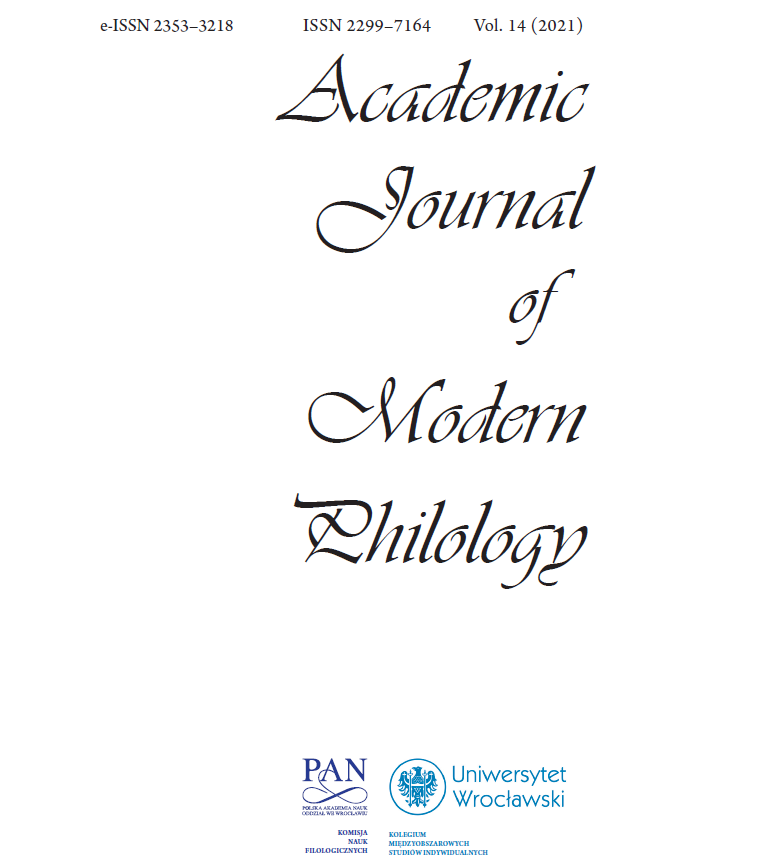The Poet of Decay and Psychic Entropy: The Intersection of Surrealism and Science in J. G. Ballard’s Fiction
The Poet of Decay and Psychic Entropy: The Intersection of Surrealism and Science in J. G. Ballard’s Fiction
Author(s): Marcin TereszewskiSubject(s): Language studies, Language and Literature Studies, Literary Texts, Philology
Published by: Komisja Nauk Filologicznych Oddziału Polskiej Akademii Nauk we Wrocławiu
Keywords: J. G. Ballard; surrealism; entropy; decay
Summary/Abstract: Images of decay, both psychological and physical, permeate much of J.G. Ballard’s fiction, creating in effect a unique aesthetic that has acquired the eponymous description “ballardian.” This imagery, stemming from the surrealist tradition, is more than aesthetic affectation; it is, as this article argues, the manifestation of an eschatological theme underlying much of New Wave science fiction. This article also addresses how scientific discourse, especially references to entropy, and surrealist aesthetics intersect in his novels (High-Rise and The Drowned World) to provide a metaphor for Ballard’s frequent use of decay imagery. Though the surrealist component of his imagination has been well documented, what still invites closer scrutiny are the ideological assumptions linking Ballard’s incorporation of surrealism with the work of other surrealists and the way Ballard develops this theme for his own purposes
Journal: Academic Journal of Modern Philology
- Issue Year: 2021
- Issue No: 14
- Page Range: 337-346
- Page Count: 10
- Language: English

